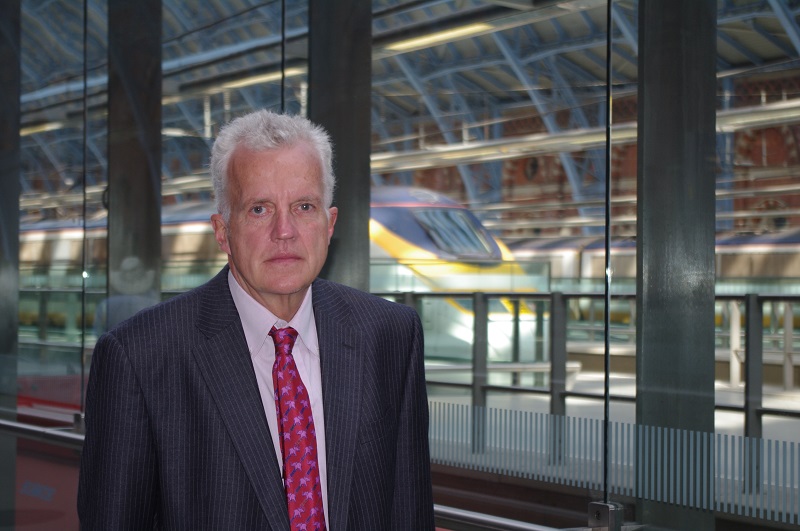This week has seen the Mayor once again pushing one of his big ideas for re-election: driverless Tubes, bringing with them not just a more high-tech underground but an almighty confrontation with the Tube unions. In the midst of endless wrangles with the unions over Olympic bonuses, Boris Johnson might imagine that’s a popular gesture with voters. Yet he is both dead right and completely wrong about “driverless” trains.
Driverless is a misnomer. Such trains would be operated by a central computer, overseen by human controllers. There are already dozens of metro systems around the world which use such trains. In Copenhagen, for example, the computer controls everything centrally from the running of the trains to the opening of the doors, with just a handful of operators in the control centre – but nevertheless, with stewards on every train.
In London we already have two versions of “driverless” trains. On the Victoria, Jubilee and Central Lines, under the Automatic Train Operation system (ATO), the driver operates only the doors at stations – and can also drive the train or stop it in an emergency.
Meanwhile on the Docklands Light Railway, there is no “driver” but a “train captain” able to take over the operation if there is a problem. The DLR can work like that because it operates at lower speed than the Underground, and its one major tunnel section has a walkway alongside for easy evacuation.
Such centrally controlled trains have several advantages. Computers are normally better in terms of fuel efficiency. And the gap between trains can be shorter, using a more sophisticated system of signalling.
That’s why Johnson is right to want to have modern trains, controlled centrally.
Yet he has also strenuously sought to portray driverless trains as a solution to the Underground’s perennial industrial relations problems. And that’s where he’s got it quite wrong.
For a start, given risks ranging from terrorism to derailments, many Londoners would baulk at the idea of completely unstaffed trains. It might be acceptable in, say, Hong Kong, where the tunnels have walkways and there is far easier access to the surface, but not in London’s century-old, deep-level Tube tunnels, where stations are often a mile apart.
Mike Brown, the managing director of London Underground, has said that new trains for the Piccadilly and Bakerloo, due to be ordered during the next mayoral term, might not have conventional cabs at the front. But that does not mean they could be run without any staff on board.
In any case, changing the technology will take a long time and cost a lot: we will be seeing “drivers” at the front of Tubes for at least the next 30 years. The rolling stock on the sub surface lines – the Metropolitan, District and Circle – is currently being replaced with fabulous new air-conditioned trains and the signalling is being upgraded. However, ATO will not be fitted on these lines 2018, and even afer that there will still be a person in the cab at the front able to take over control if need be. If these people go on strike, clearly the trains would not run.
Driverless trains work – but they won’t work as a solution to Tube strikes. No end of Boris bluster will blow away London’s Tube drivers just yet.
